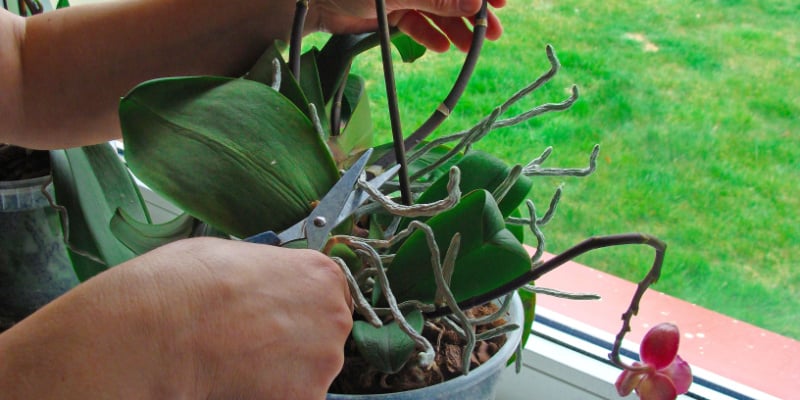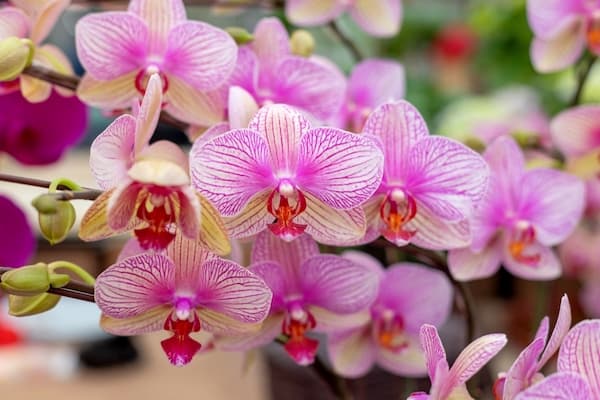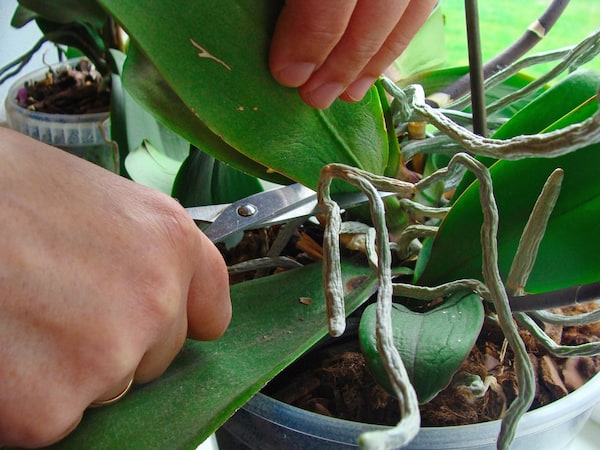
When and how to prune orchids
Our site is reader supported, this means we may earn a small commission from Amazon and other affiliates when you buy through links on our site.
There are two occasions when I tend to prune my orchids. The first is after they’ve flowered to encourage new growth and often a second flush of blooms or prepare them for a cooler period ready before they naturally bloom again. The second is to remove diseased or dead flowers and foliage to help prevent the spread of diseases or rejuvenate a dying orchid. Here’s how I go about pruning my orchids.
After flowering
Some orchids bloom just once a year while others (e.g. the popular Phalaenopsis orchid) bloom sequentially for some time. Make sure that your orchid has completely finished blooming and the flowers have all faded before pruning it. And remember that pruning the orchid may encourage it to rebloom.
Sterilise your cutting tool and wash your hands thoroughly.
Find the node on the stem under the lowest flower. If all the flowers have fallen off, follow the stem down to where there’s new growth.
Trim about 1.5cm above the node to encourage reblooming. Moving the orchid pot to a slightly cooler position also helps it to consider reblooming.
If the orchid is entering its dormant period, you can cut the stem about 3cm above the base of the plant.
Removing diseased or dead parts
It’s more important than ever to sterilise your cutting tools and have clean hands.
As soon as you notice the affected (diseased, dying or dead) parts of the orchid, cut them off.
Trim heavily diseased leaves off completely at the stem. If the leaf has just a small disfiguration on it (a small black spot for example), you can just cut out that part. Cut into the healthy area to make sure that you get all the diseased bits. Keep a watch on the leaf to check that the disease doesn’t come back.
Remove diseased or dead roots by first gently pulling away all the orchid potting mix and discarding it. Again with a sterilised cutting tool, cut off all the brown, black, spotted and squishy roots back to where they emerge from the plant. Then repot the plant using a specific new orchid potting mix.
Cut off any flowers at the stem that are affected by pests or diseases. If you have an issue with your orchid having yellowing leaves, read this guide here. If your orchid has brown leaves, this guide is worth reading.

